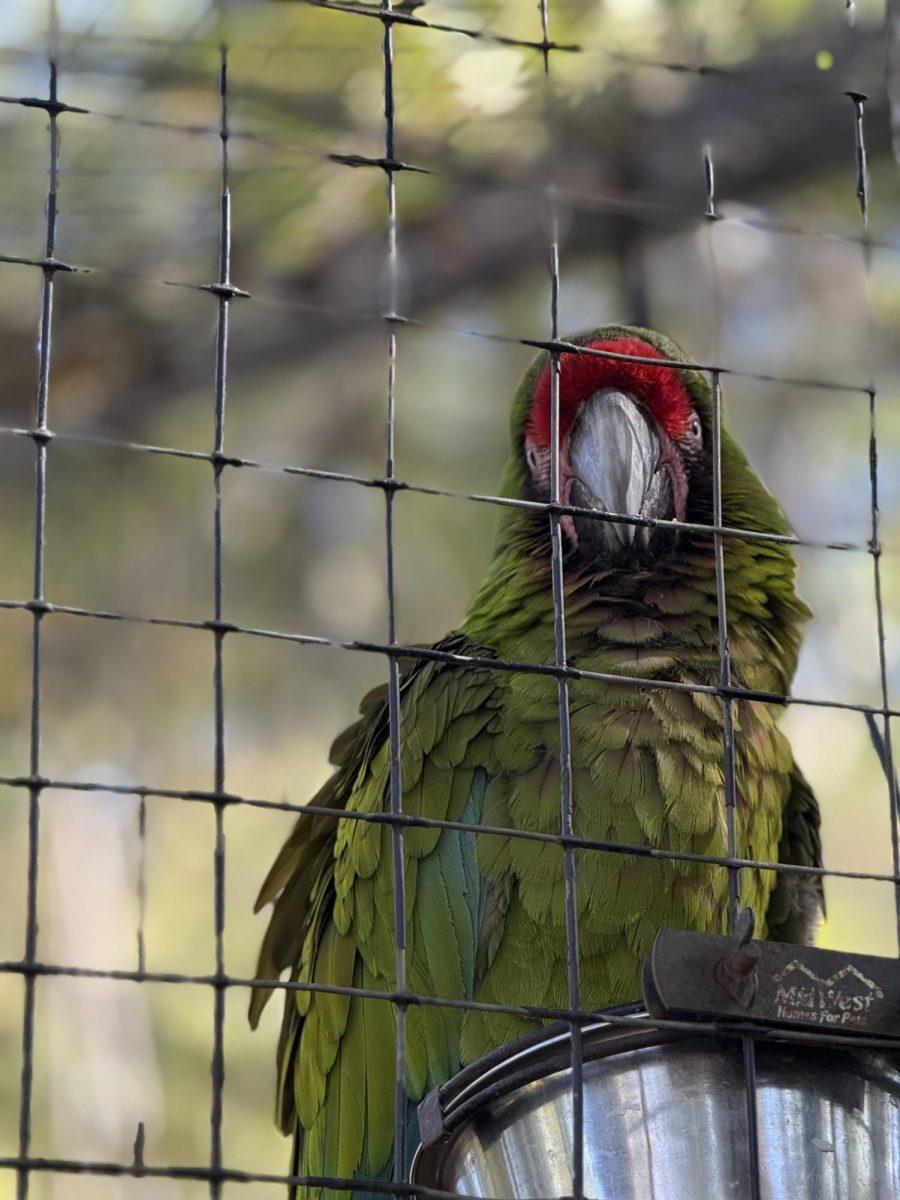Summer is on the way, which means many people are working on their “beach bods” by dieting, working out and, of course, tanning.
Those who seek out that natural glow in unnatural ways have two options- indoor tanning beds or spray tans.
Almost 22,000 indoor tanning salons across the country serve about 28 million customers. Seventy percent are white females between the ages of 16 and 29.
Chastin Farley, a sophomore communication major, said she has been using tanning beds every other day since high school, but she does not tan year round.
She goes to Tropical Tan and lies for 20 minutes. She has also had a spray tan before.
“I liked it,” Farley said, “It’s not as natural, but it still works.”
Of those people, over 2 million of them are teenagers. Only 36 states restrict minors from using indoor tanning methods. About 58 percent of adolescent tanners have burns from constant exposure.
Last year, indoor tanning beds were classified as “carcinogenic to humans,” which is the highest cancer risk category.
Research has proven that both UVA and UVB rays can cause skin cancer, and UVA rays have also been linked to melanoma.
The risk of melanoma is 75 percent higher for people who tan indoors before the age of 30. Tanning bed users are also more likely to be diagnosed with squamous cell carcinoma or basal cell carcinoma.
Tanning indoors carries other health risks as well. It can cause skin aging, eye damage and immune suppression. These problems worsen when people do not use sunscreen, and only one third of people do.
Even more danger lies in excessive use of tanning beds. For some people, tanning can be addictive with the UV radiation having almost drug-like effects.
Myraji Romero, a junior communications major, said she does not use indoor tanning methods because she does not want to look “like an Oompa-Loompa.”
She also thinks it is a health concern.
“As long as people use it in moderation, it’s okay, but I think they should try natural ways and use sunscreen,” Romero said.
Spray tans are another method of getting an unnatural tan.
Although they do not carry the health risks that UV beds do, spray tans can be messy and unattractive if they are not done and cared for properly.
In addition, whereas tanning beds offer some degree of privacy, there is no room for modesty when getting a spray tan, which are all done by hand in salons.
In order to avoid the “Oompa-Loompa” look, experts advise people not to go more than two shades darker than the person’s natural skin tone. Spray tans must also be maintained frequently because a spray tan only lasts about five days.
In order to get the best results from a spray tan, people should go to a specialist at a professional sunless tanning salon, rather than the cheaper spray tans offered by other facilities like nail salons.
Exfoliating gently before the tan can improve results if the skin is dry. However, over exfoliating until the skin is red can have adverse effects.
Deodorants and perfumes can stain the skin. They can also prevent the tanner from fully penetrating the skin.
People should shave before getting a spray tan, not after, because shaving will cause the tan to fade two days sooner than usual.
When getting a spray tan, it is important to wear loose clothes and avoid showering for at least eight hours. Anything the person rubs against within eight hours will get streaked with tanner.
Once the tan starts to fade, people should take a bath and buff their skin with a towel. This will cause the tan to flake off.
Whatever sunless tanning option you use to get that perfect glow, use it responsibly.


